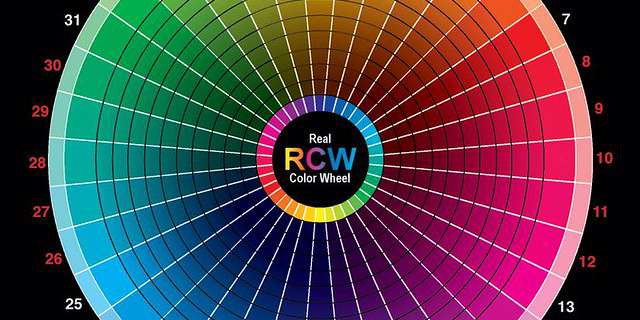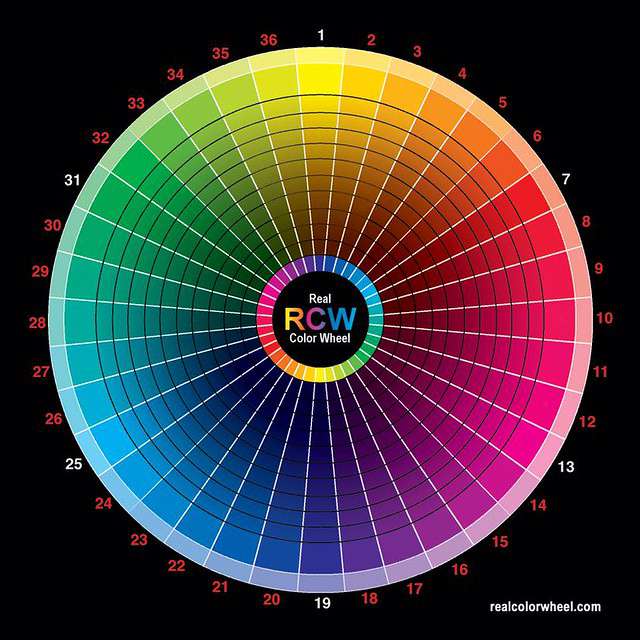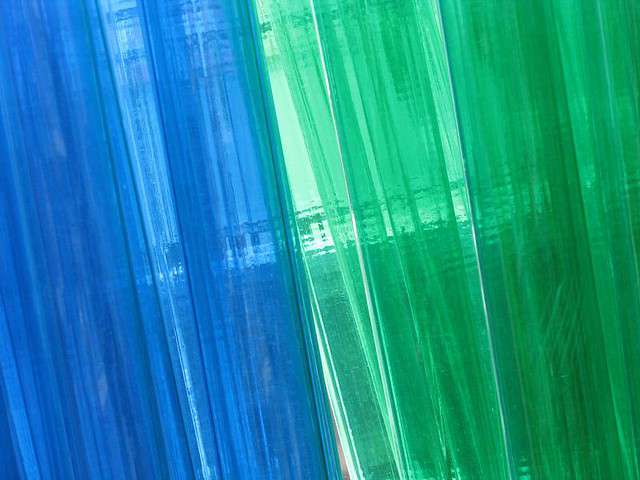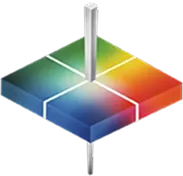
Color quality plays an important role in plastic products, and technology ensures that color design elements remain consistent with final product results. Color quality analysis has transformed from an art to a science over the past several decades and plastic manufacturers rely on spectrophotometric technology for rapid and precise color determination and evaluation. Advanced spectrophotometric technology is used to develop color tolerances, which lead to a higher efficiency use of materials. This saves both time and money, increasing productivity and profitability, as well as product quality.

Color quality analysis has transformed from an art to a science, and developing color tolerances is dependent on advance spectrophotometric technology for maintaining consistent results in plastic manufacturing.
Image Source: Flickr user Michael Hernandez



